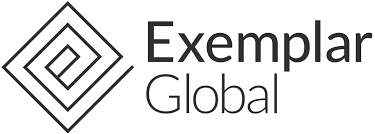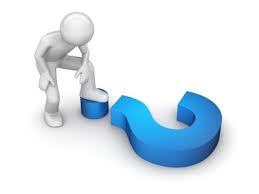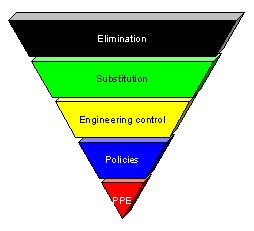
The question of do I need to do a risk assessment before undertaking a work activity is a common one in workplaces far and wide around all states and territories in Australia. So, with that I have prepared this blog to provide some clarity on the question of do I need to carry out a risk assessment before undertaking a work activity.
While like many OHS or legal matters, I cannot give definite answers in this blog I can provide you with some information that will help you identify whether you a risk assessment does or does not need to be conducted based on the individual circumstances of your work activity.
A risk assessment should be done when:
- There is only limited knowledge about a hazard or risk, or about how the risk may result in injury or illness.
- There is uncertainty about whether all of the things that can go wrong have been found.
- The work activity involves a number of different hazards that are part of the same work process or piece of plant and there is a lack of understanding about how the hazards may impact upon each other to produce new or greater risks.
- Changes at the workplace occur that may impact on the effectiveness of control measures.
A risk assessment is mandatory under the WHS Regulations for certain activities that are high risk such as, but not limited to, entry into confined spaces, diving work and live electrical work.
Some hazards that have exposure standards, such as noise and airborne contaminants, may require scientific testing or measurement by a competent person to accurately assess the risk and to check that the relevant exposure standard is not being exceeded (for example, by using noise meters to measure noise levels and using gas detectors to analyse oxygen levels in confined spaces).
A risk assessment may not be required when:
- OHS laws require some hazards or risks to be controlled in a specific way – these requirements must be complied with
- Other laws require specific risk controls to be implemented, e.g. gas and electrical safety and dangerous goods laws – these requirements must be complied with
- A compliance code, code of practice or other Worksafe/Safework guidance sets out a way of controlling a hazard or risk and the guidance is applicable to the situation – this guidance can simply be followed.
- There are well known and accepted controls that are in widespread use in the particular industry that are suited to the circumstances in the workplace and provide acceptable control of the hazards or risks – these controls can simply be implemented.
A risk assessment may be appropriate to reuse in situations where all the hazards, tasks, things, workers or circumstances are the same and no worker or other person will be exposed to greater, additional or different risks. However, as stated above, if there are any changes at the workplace, a new risk assessment should be performed.
There are common events in the life of an organisation when a risk assessment should be done. These events typically result in a lack of understanding about OHS hazards and risks or what needs to be done to control them.
Please see below for a list of common events that should trigger a formal risk assessment:
- Commencing a new business from scratch
- Purchasing a new business
- Appointment of an insolvency administrator to a business administration
- When there are changes in the work done, changes in the work environment, etc.
- Purchasing new or used equipment or hiring equipment, or using new substances and processes
- Planning for the impact of new OHS legislation
- Responding to incidents
- Responding to issues
- To justify an alternative to recognised practices
References:
WorkSafe Victoria – Controlling OHS hazards & risks – A handbook for workplaces
Model Code of Practice – How to manage work health and safety risks
Note: This blog does not constitute legal advice and advice around risk assessments specific to your work activity should be sought before undertaking work activities.
Posted By: Cathal Uniacke – cathal@custodiansafety.com.au









